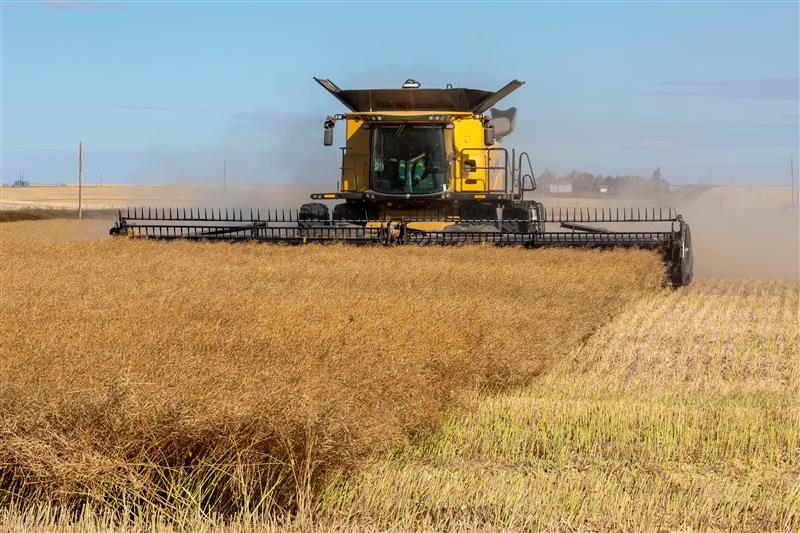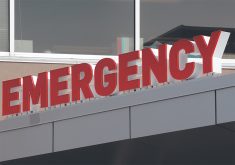You’ve got your Perrier, your Evian, your Dasani and your Aquafina – and a few dozen other brands, flavours, colours and derivatives in jazzy bottles.
It’s all water for sale.
Then there’s your L’eau du Robinet, often preferred in taste tests and in some ways the most precious of all.
Bottled water is a fairly new idea, although you wouldn’t know it from the array available in convenience stores. It wasn’t that long ago that people scoffed at the idea of buying drinking water. Why would you do that, when you could get all you wanted for free?
Read Also

Rural emergency room closures continue to be vexing problem
Staffing issues are at the root of disruptions and closures in hospital emergency departments, both in rural and urban Canadian locations.
Old-timers didn’t think twice about drinking from the nearest river or creek. No problem, so long as you were upstream from your horse.
Today, most of us would have to be pretty thirsty before we’d dip into a river to wet our whistles. The pressure exerted on our natural waterways and water resources has destroyed any confidence we once had in the cleanliness and safety of our water.
So, we stick to tested and sanitized and bottled sources. We pay money for it and perhaps even express a brand preference, all the while wondering if the stuff in the bottle is anything more than glorified tap water. As the skeptics ask, how else to explain the word created when Evian is spelled backwards?
Yes, it might be tap water.
According to Health Canada, bottled water can indeed come from the tap, unless it is labelled as spring or mineral water, in which case it has to have come from a potable underground source.
“It is possible that some bottled water, such as demineralized water or distilled water, is simply tap water that has undergone a process to lower the mineral content and to remove chemicals such as chlorine,” says Health Canada on its website.
Nor is bottled water considered by our health department to be any better than tap water. Says Health Canada: “Some people think that bottle water is safer than municipal tap water, but there is no evidence to support this.”
Of course, tap water in some rural areas is another situation entirely, where water supplies might come from wells or dugouts, or be hauled from municipal sources for in-house use. Bottled water makes sense where water quality and safety are issues.
However, we shouldn’t get carried away with the supposed superiority of bottled brands. A blind taste test in a swanky California restaurant provided diners with elegant water menus from which to choose their H20.
The winner was L’eau du Robinet. English translation: water from the faucet.















